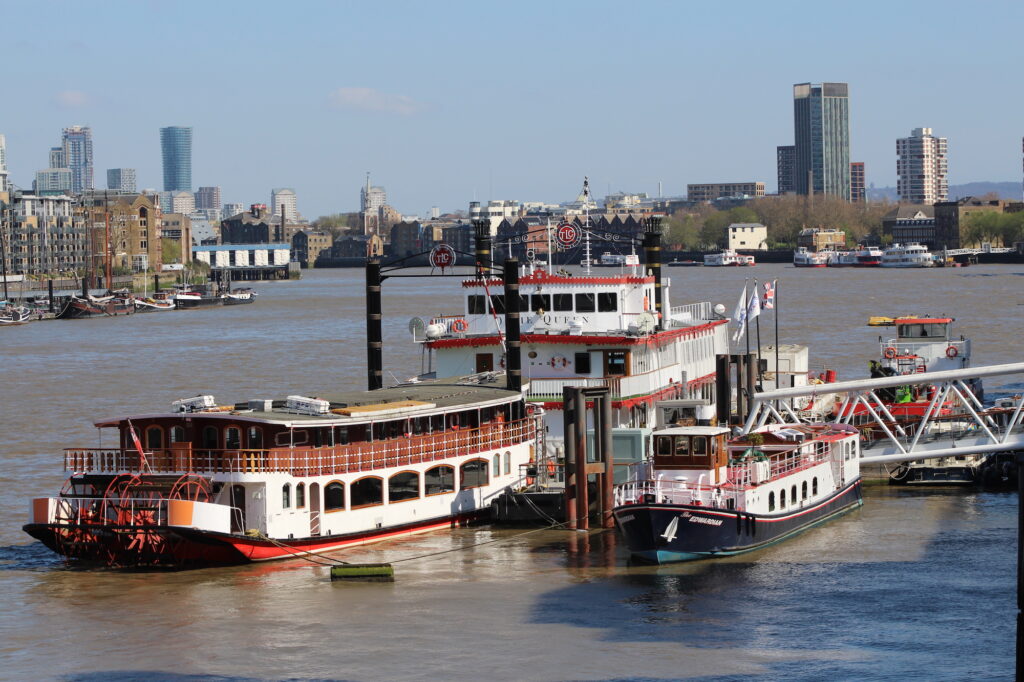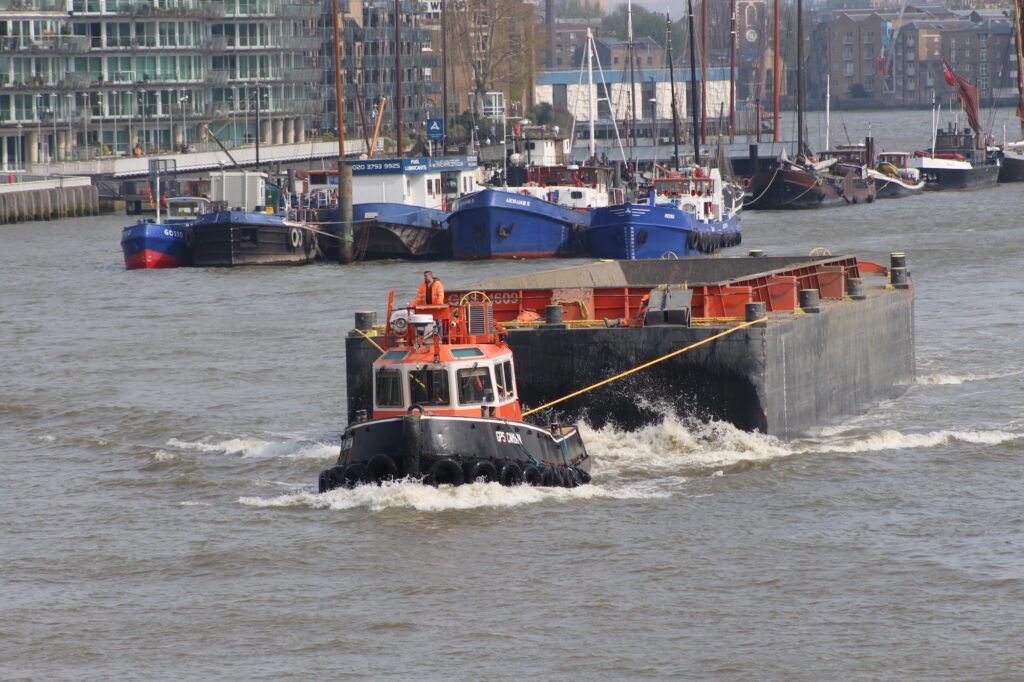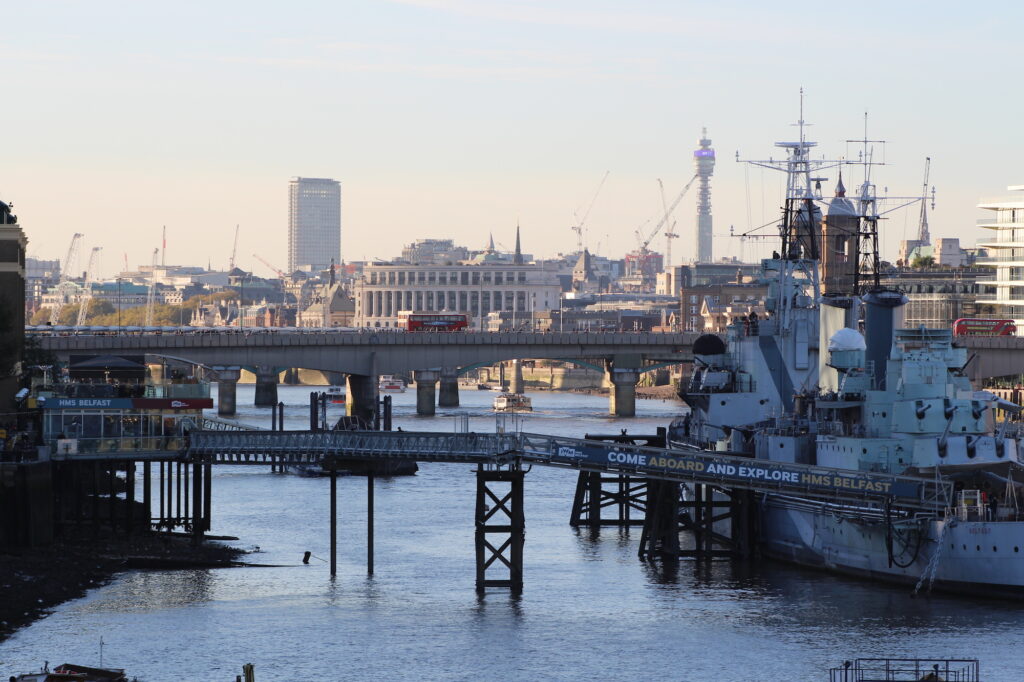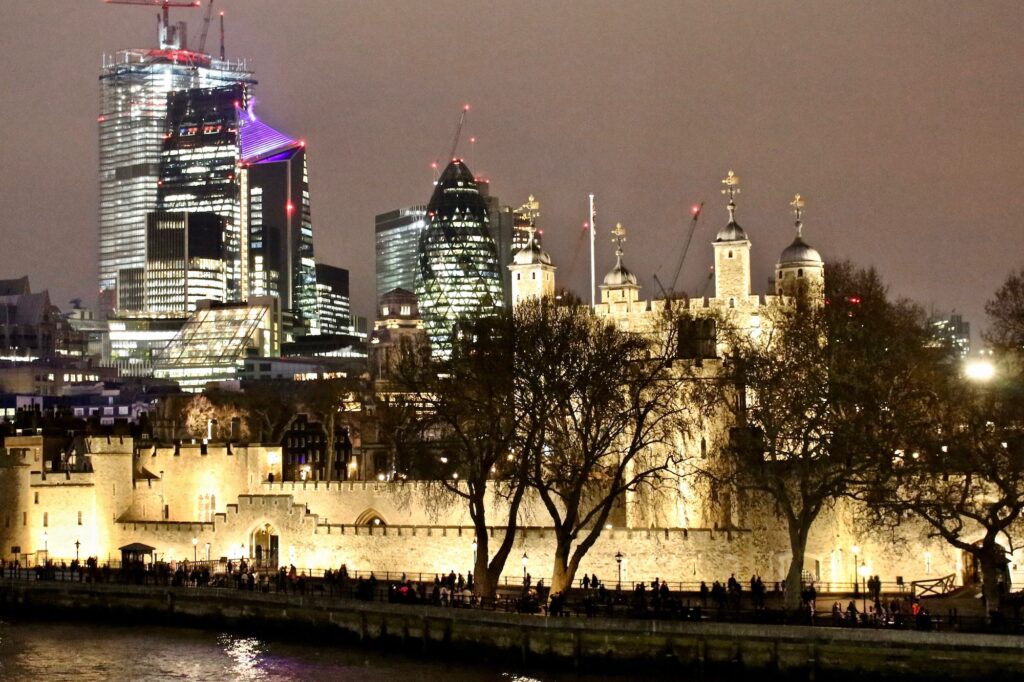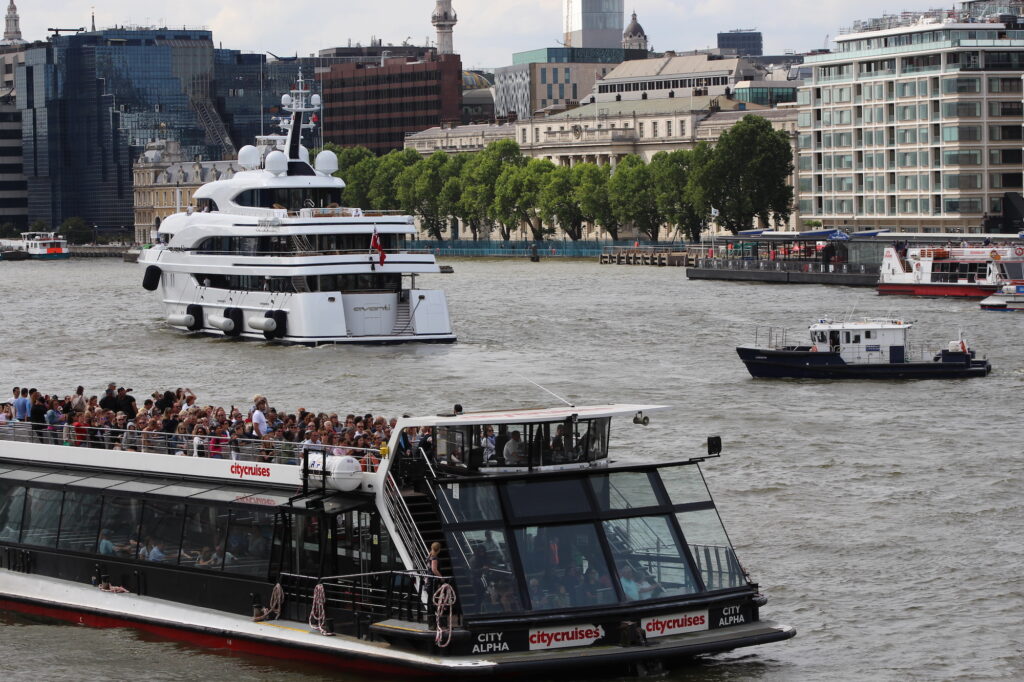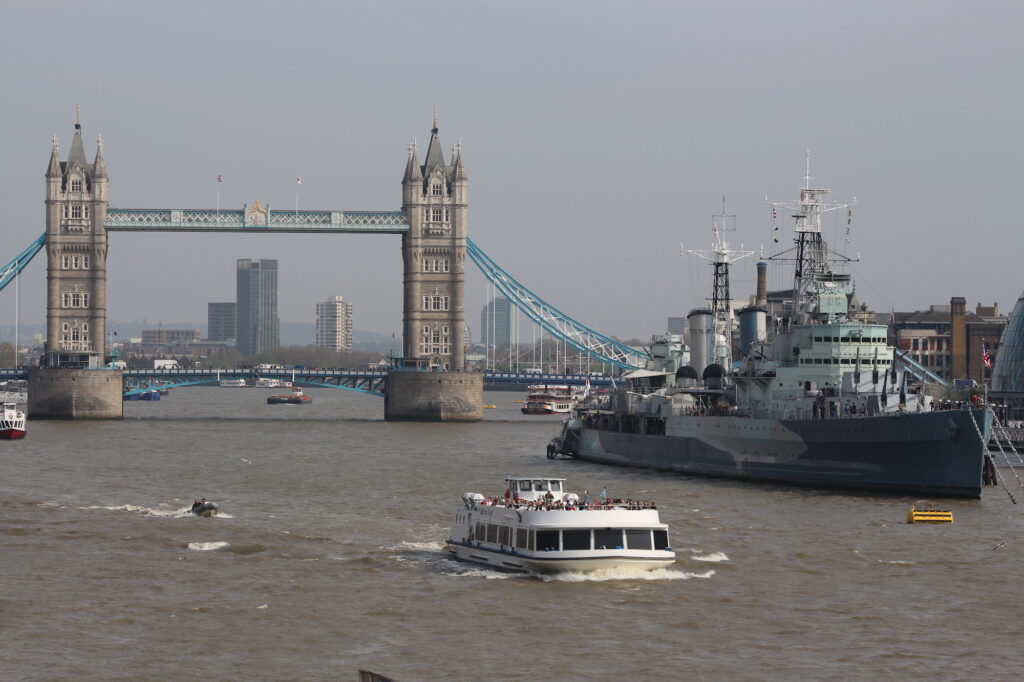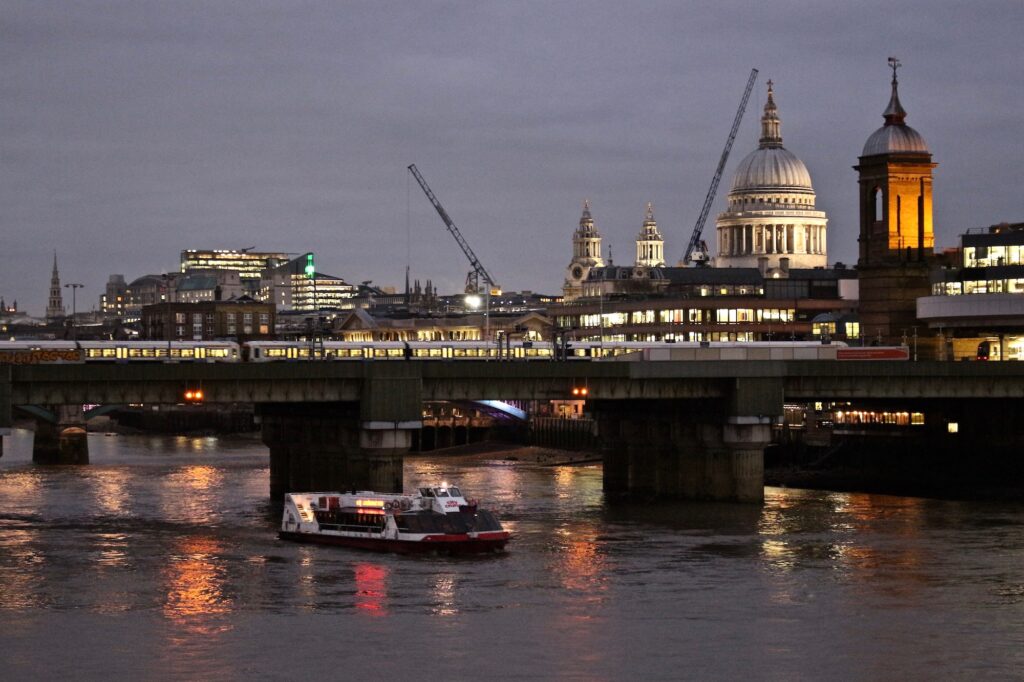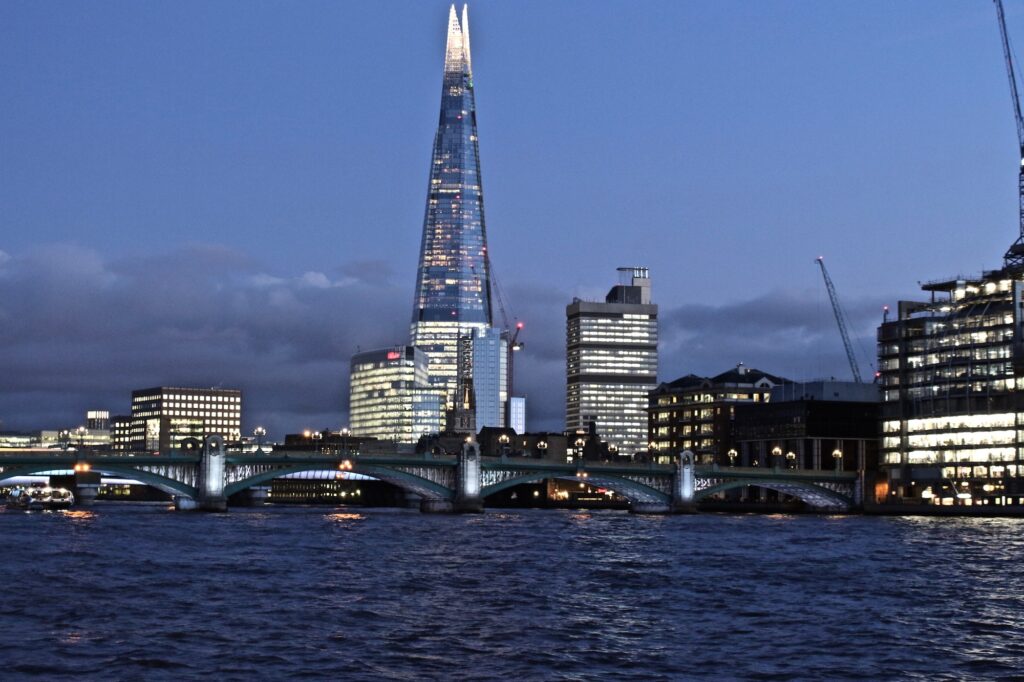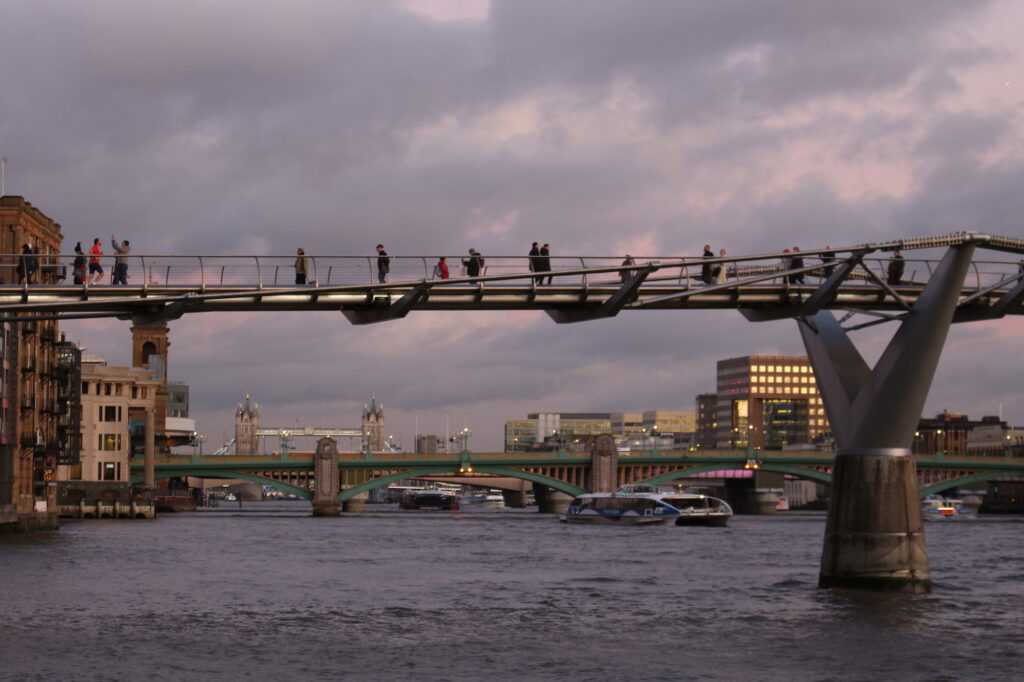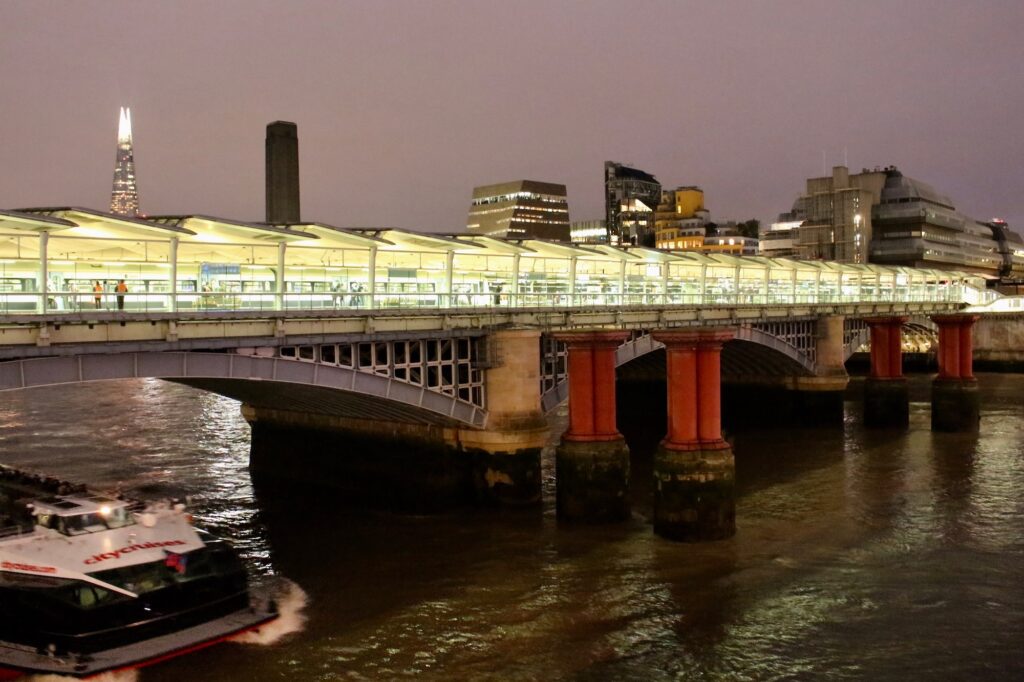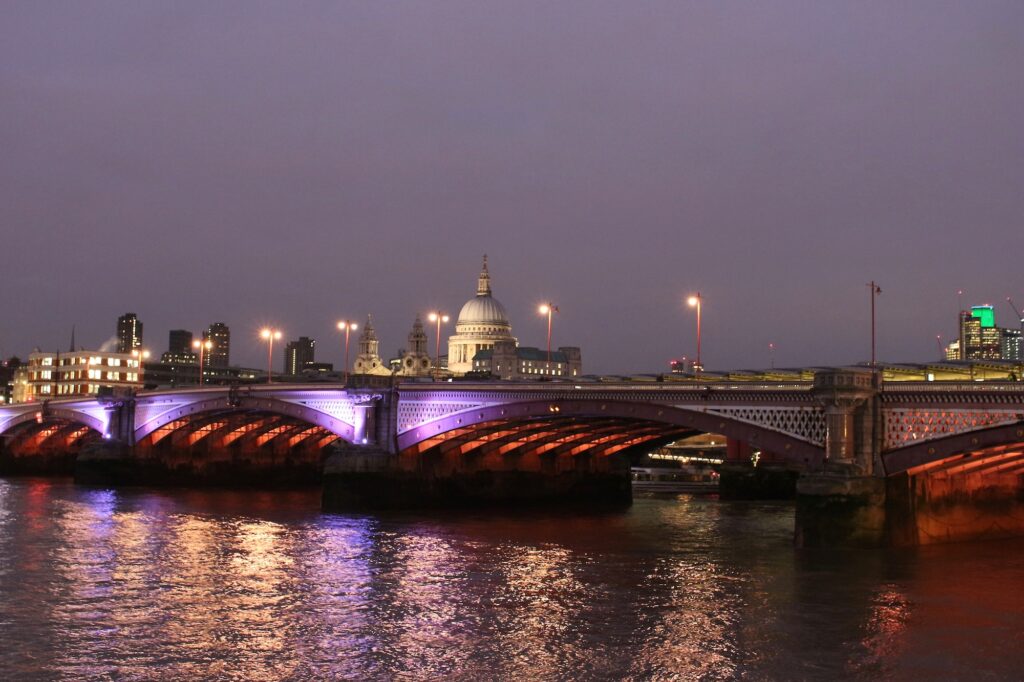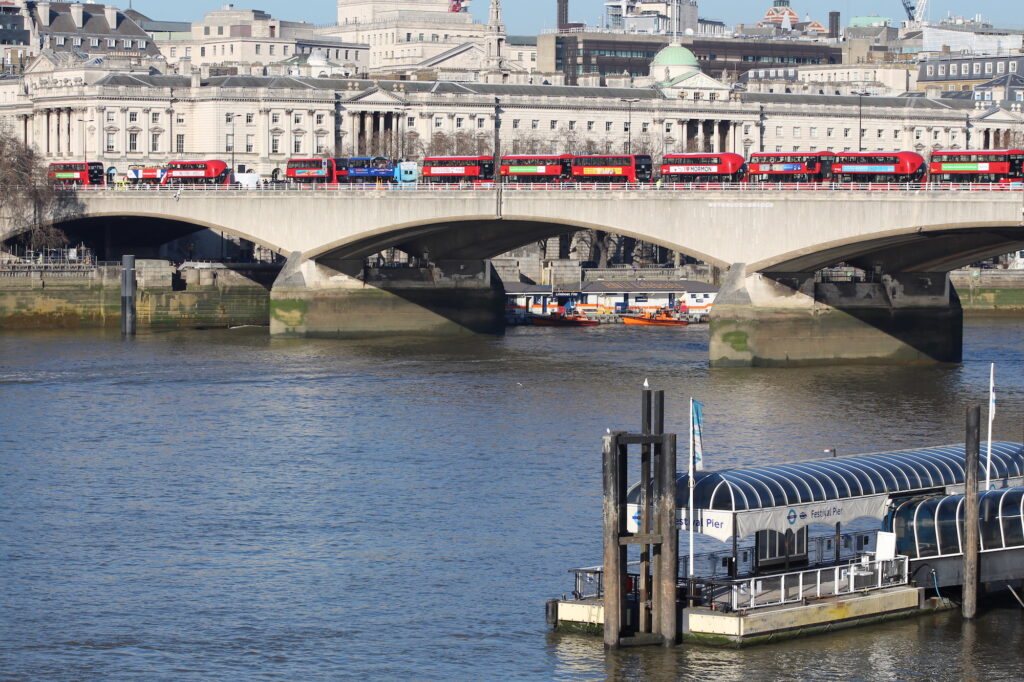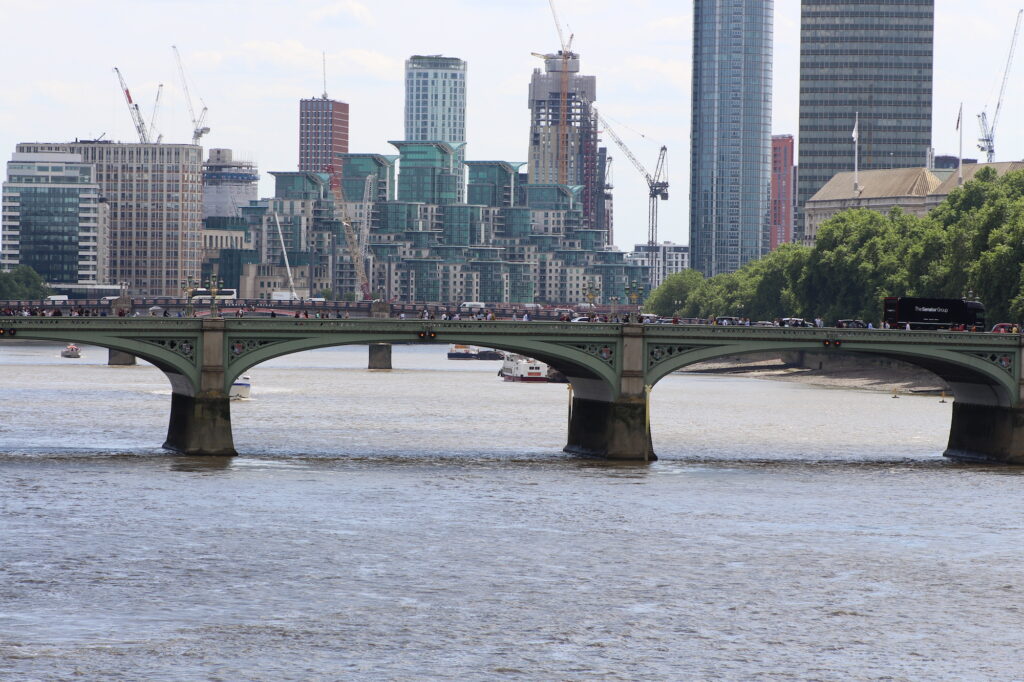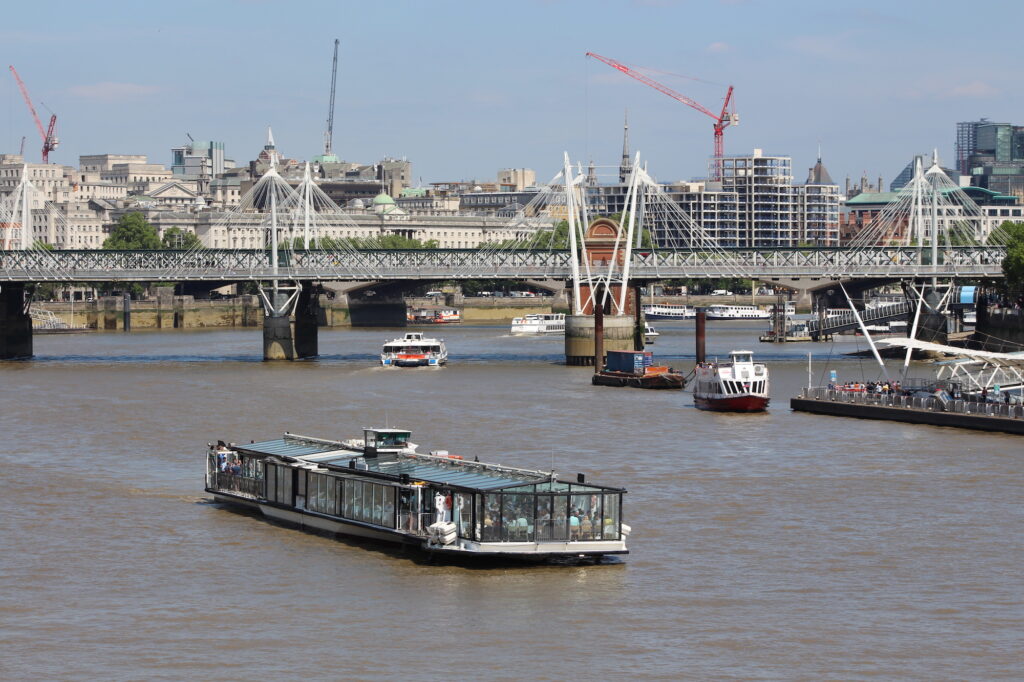Views of the Thames and its bridges in central London
Continuing my last post, and looking upstream in the early evening from Westminster Bridge, you can see Lambeth Bridge, and both bridges are to be illuminated this spring as part of the Illuminated River art project. These two, along with those already in the scheme, will be lit up at sunset, later reverting to their quiet darkness at 2.00 am, leaving the river with a few glittering reflections of lights from riverside lamps and surrounding buildings. The lighting for Westminster and Lambeth Bridges will subtly reflect their existing colours, said to have been changed back in 1970 by the Historic Buildings Committee of the then GLC (Greater London Council), to green for Westminster Bridge, echoing the green benches in the House of Commons and a red motif, now mostly faded pink, for Lambeth Bridge, echoing the red benches in the House of Lords.
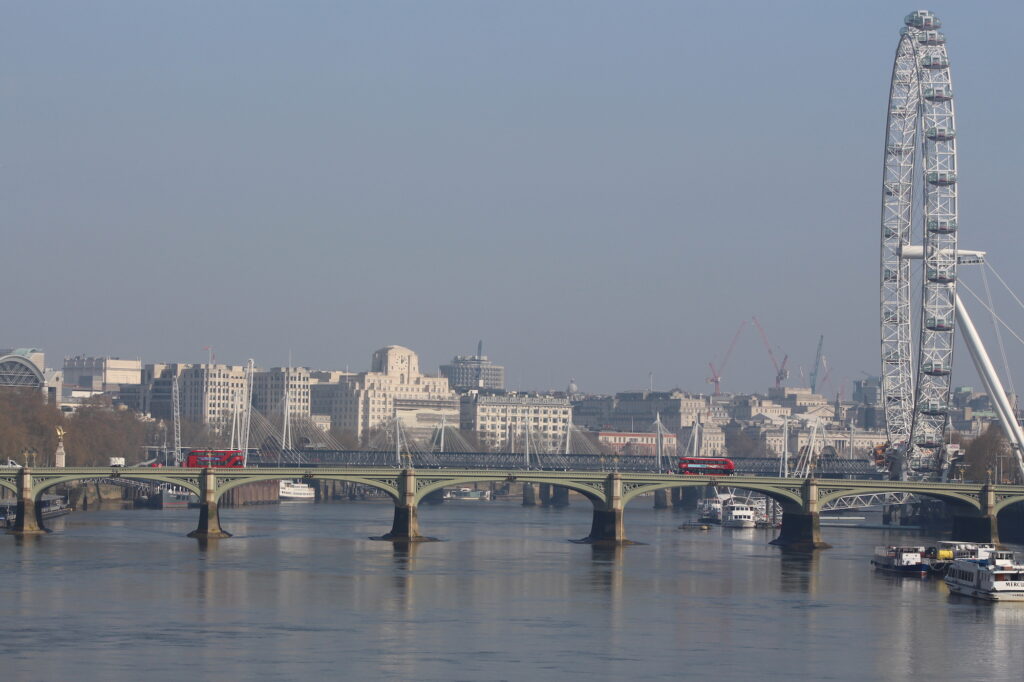
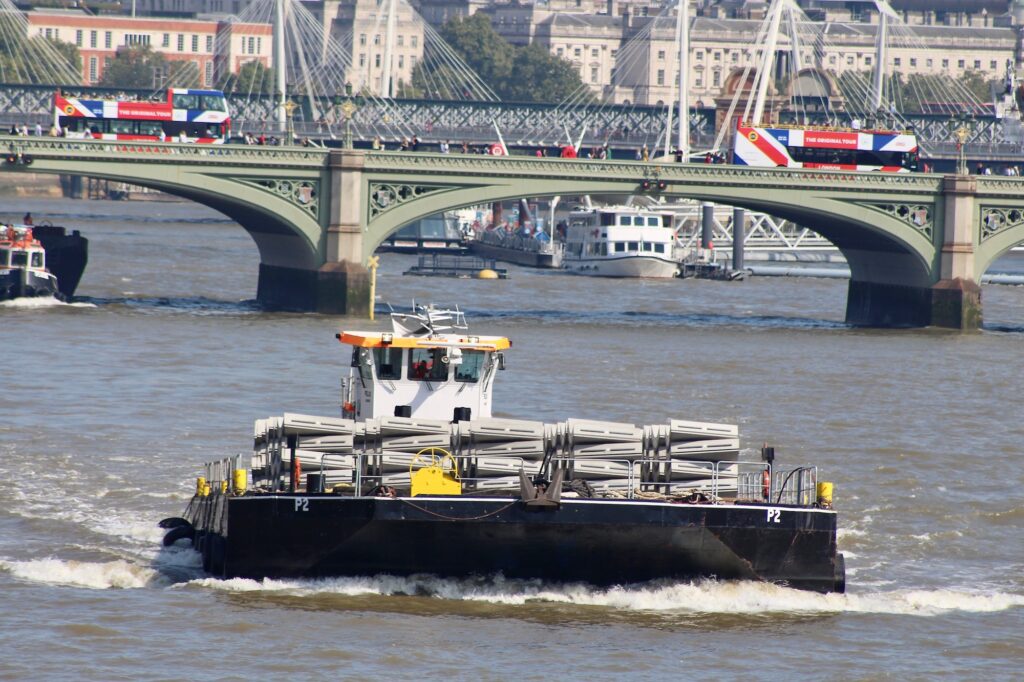
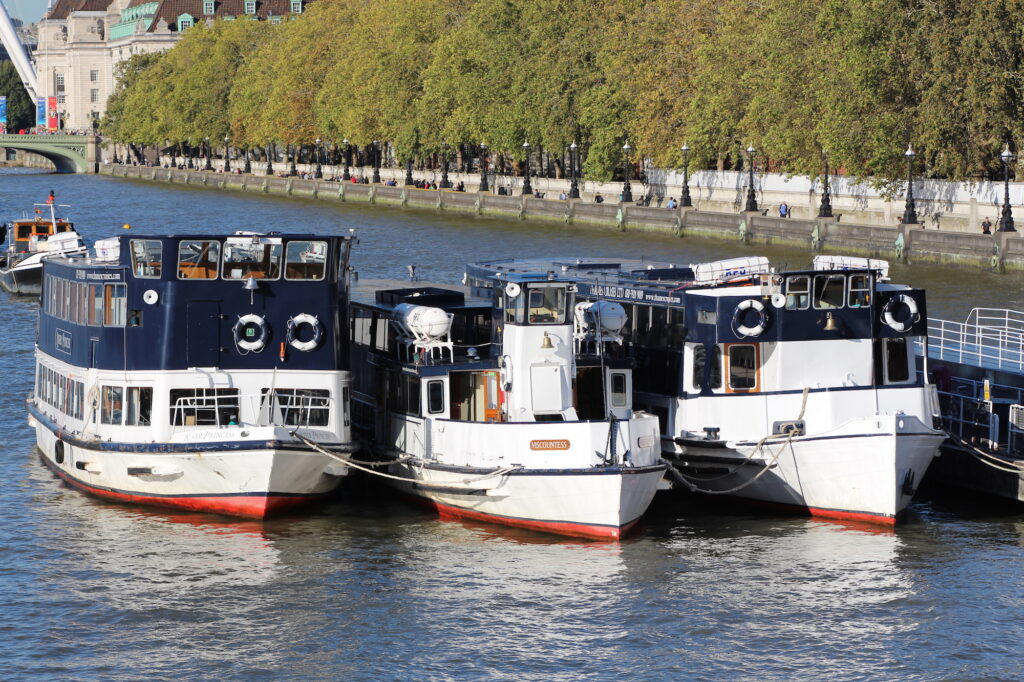
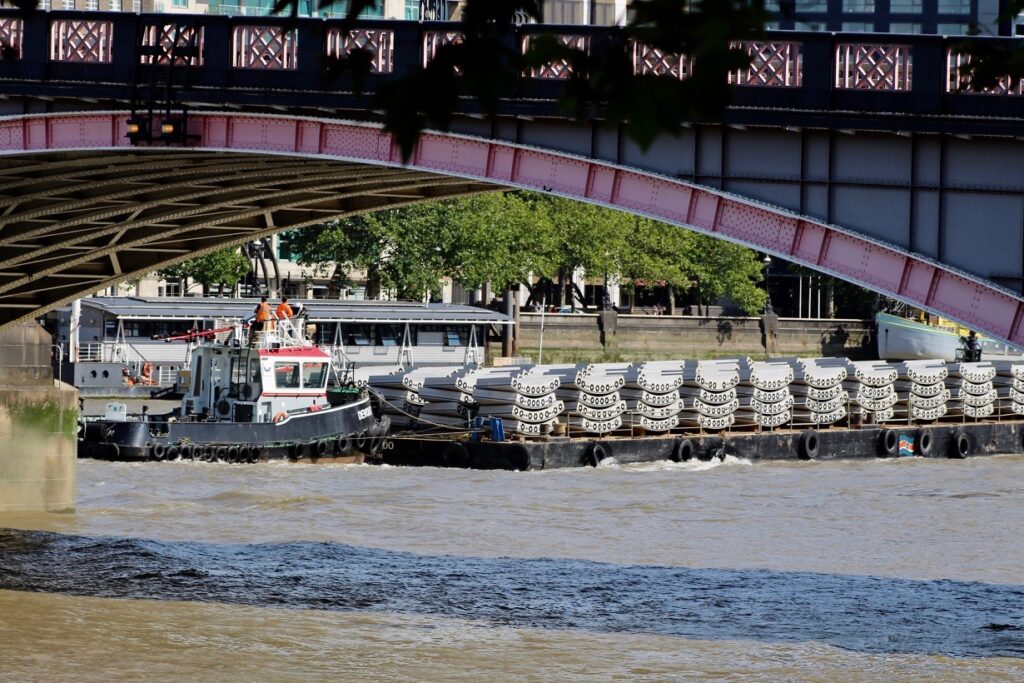
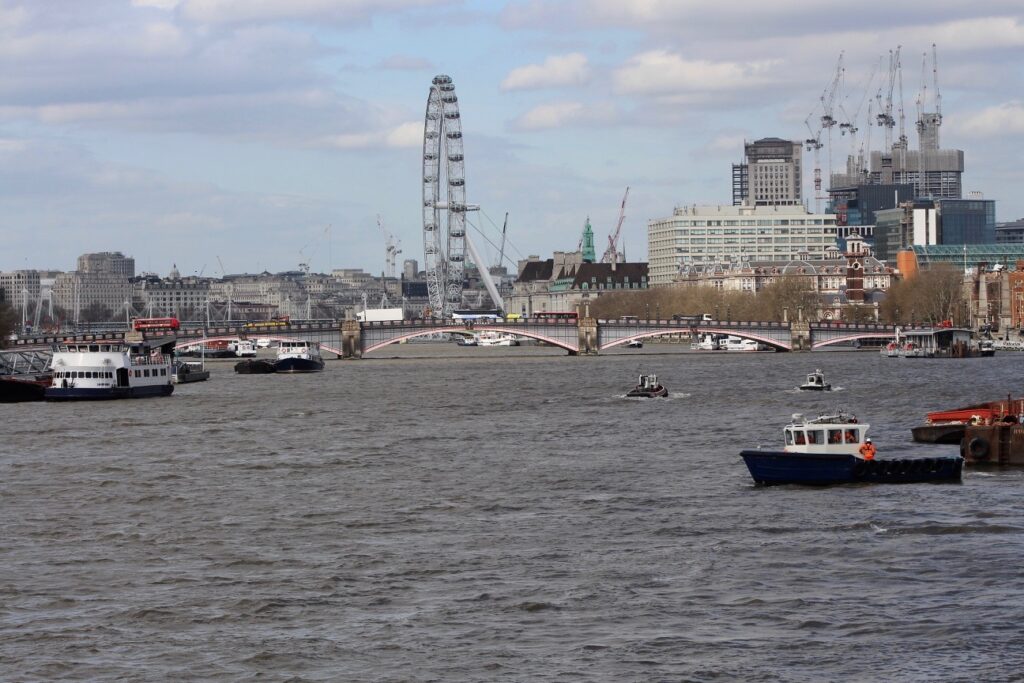
While setting out this piece I discovered some interesting notes in J. H. Herring’s book: Thames Bridges from London to Hampton Court, published in 1884, some of which I will share with you. For example, he says that the name Lambeth “is derived from lam: dirt, and hyd or hythe: a haven”. However, several other sources say that the name came from the old English word ‘lambehyde’, or ‘lambehitha’ recorded in 1062, meaning literally a ‘landing place for lambs’, or as Stephen Skinner puts it in his Etymologicon Linguæ Anglicanæ, 1671, ‘Portus Agnorum’. The Lambeth Village History site gives credence to both, and suggests that the name might refer to the geological marine profile of the area: loam or mud in the harbour and London clay.
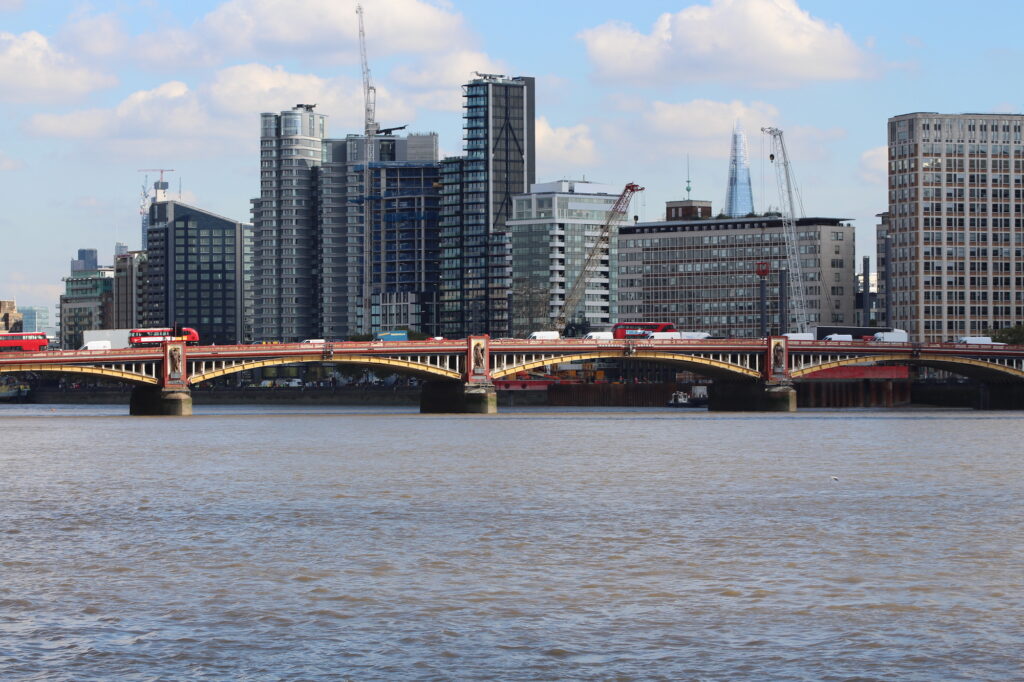
Herring writes that “Vauxhall, or properly Fulke’s Hall, so called from Fulke de Breauté, the celebrated mercenary follower of King John, who appears to have built a hall or a mansion house in the manor of South Lambeth.” And if you search the Online Etymology Dictionary you will find it more or less in agreement.
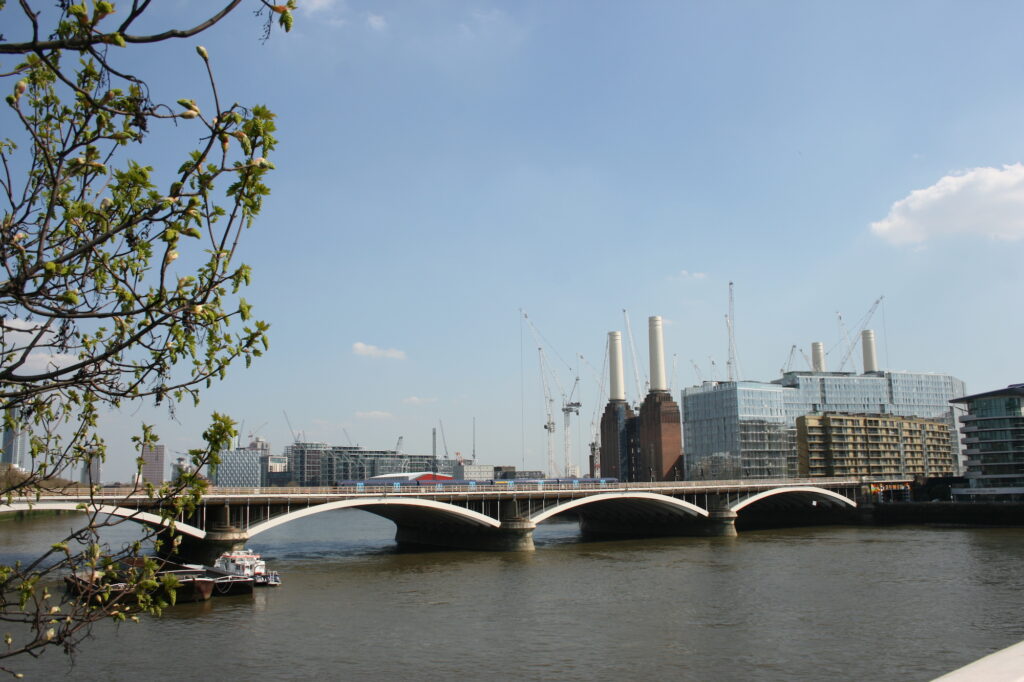
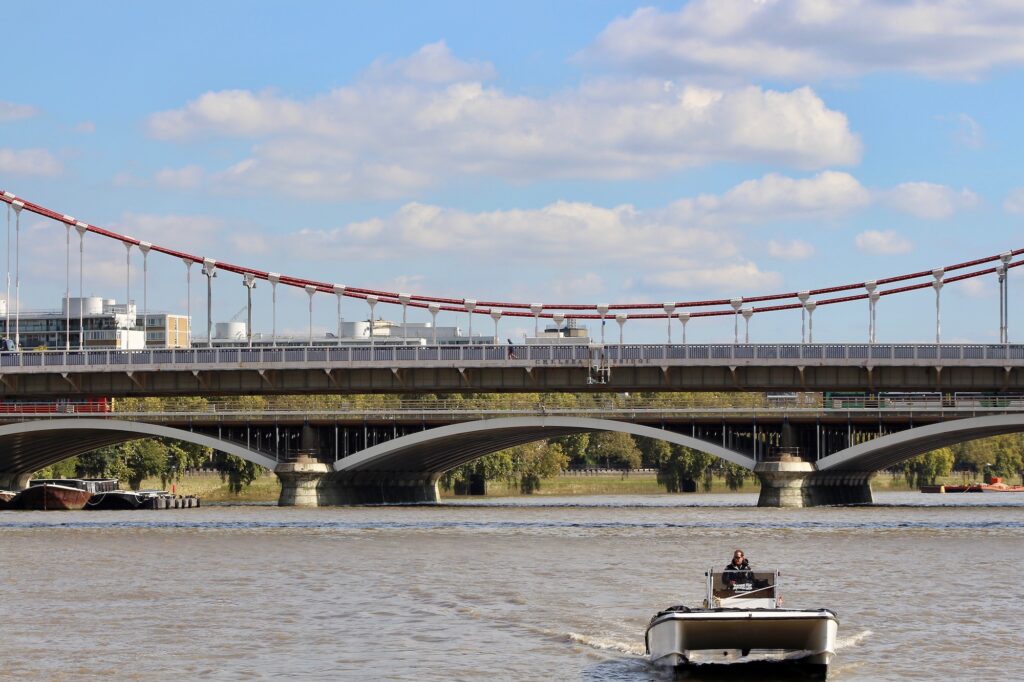
The first Chelsea Bridge was built in 1858. Known then as Victoria Bridge, and later as Old Chelsea Bridge, it is described by Herring “as the only direct approach from Belgravia to Battersea Park, crossing the Thames at the vastly improved borough of Chelsea…”
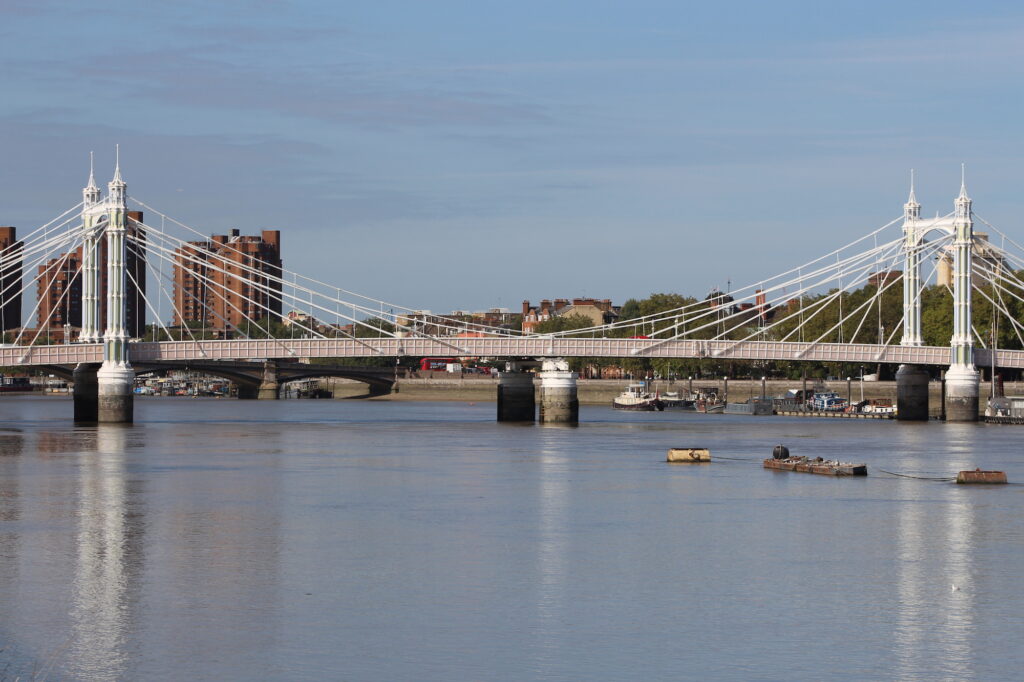
Albert Bridge, though commissioned in 1864, suffered a number of delays due to technical problems and didn’t open until 1873. Named after the Prince Consort to make up a pair with Victoria Bridge, it’s one of London’s favourite bridges. According to Herring: “The light perforated Gothic towers supporting the chains, though elegant, fail to give an idea of stability […] however, the main towers are substantial enough to somewhat relieve the idea of general want of strength.” The story that soldiers marching from the nearby barracks were ordered to break step to prevent setting up potentially damaging vibrations when crossing the bridge, is widely known. And though over the years, Albert Bridge has undergone strengthening and a number of moderations, notices from the Royal Brough of Kensington and Chelsea still remain fixed on the old toll booths at either end of the bridge: “All troops must break step when marching over this bridge.”
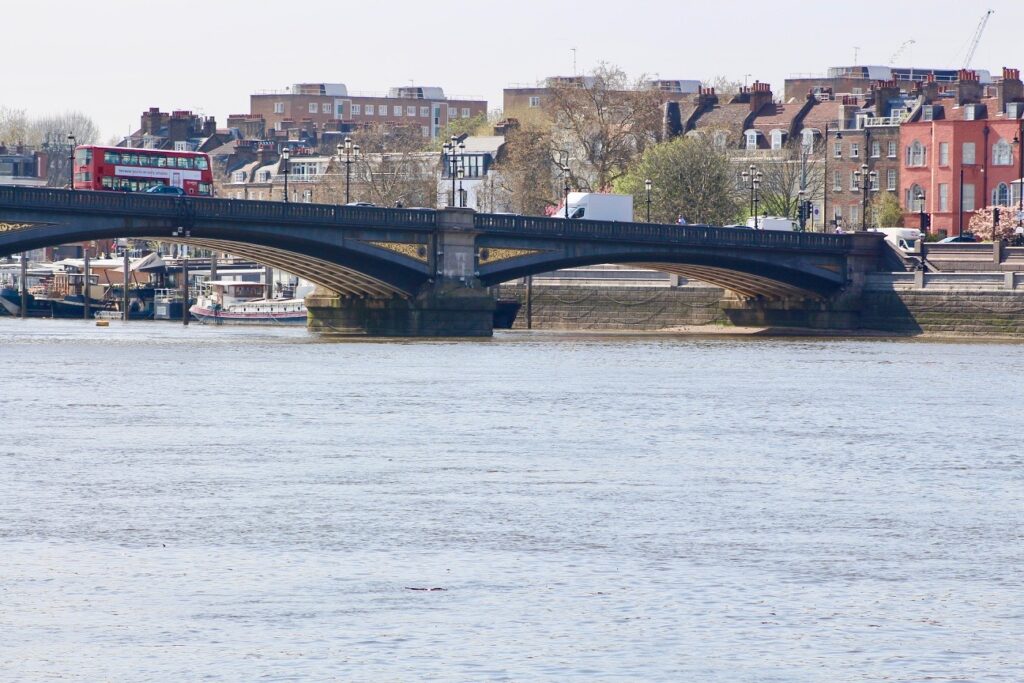
Battersea Bridge is five miles upstream from London Bridge. In Herring’s day it was a “rude wooden superstructure erected in the year 1771”, and he clearly wasn’t a fan, coupling it with Putney Bridge, also made of wood, saying that they “are perhaps the most inconvenient and dangerous obstructions now remaining on the River Thames.” The present Battersea Bridge was opened in 1890, four years after Putney Bridge.
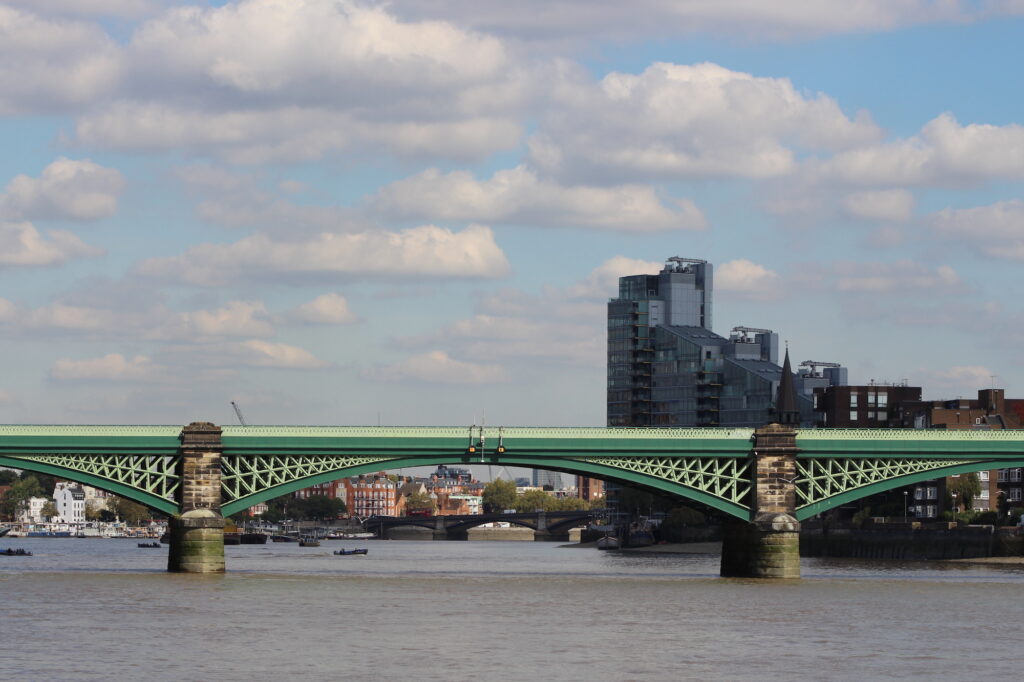
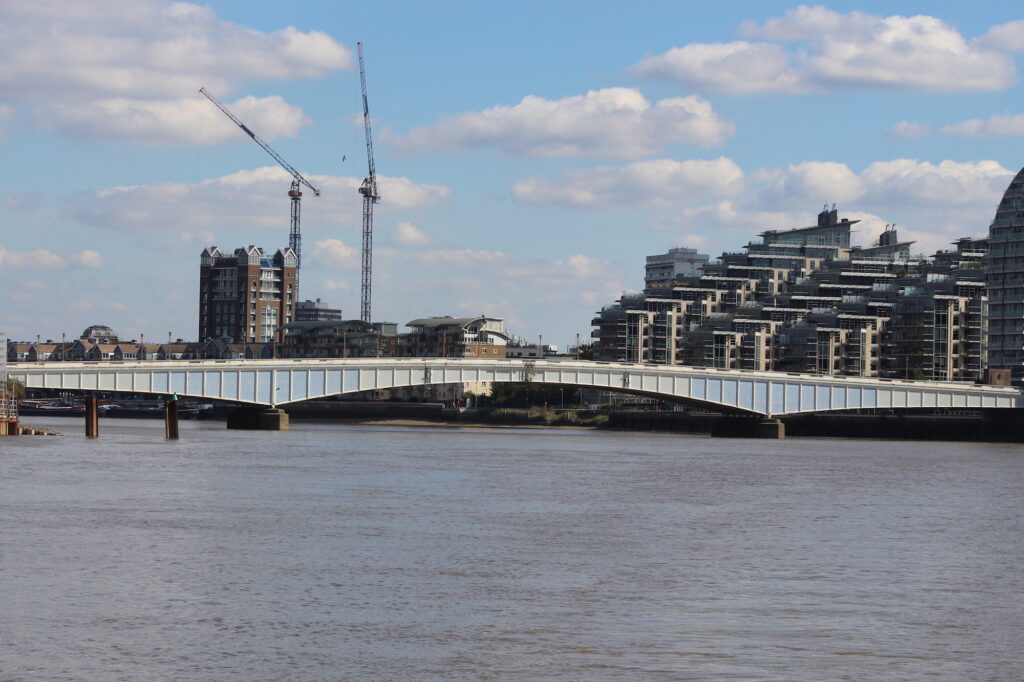
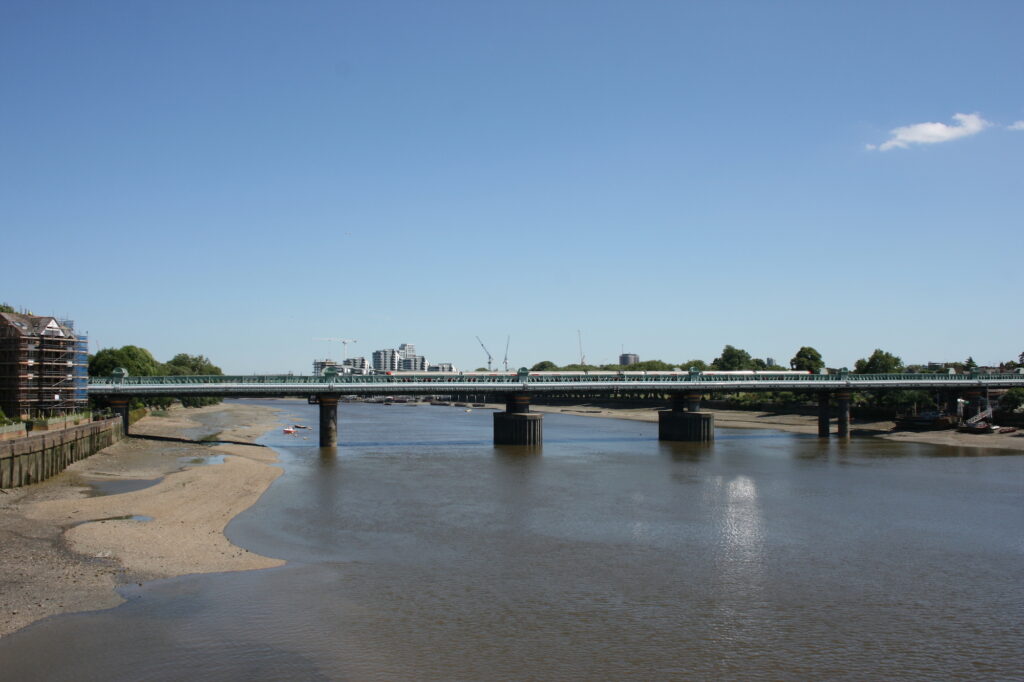
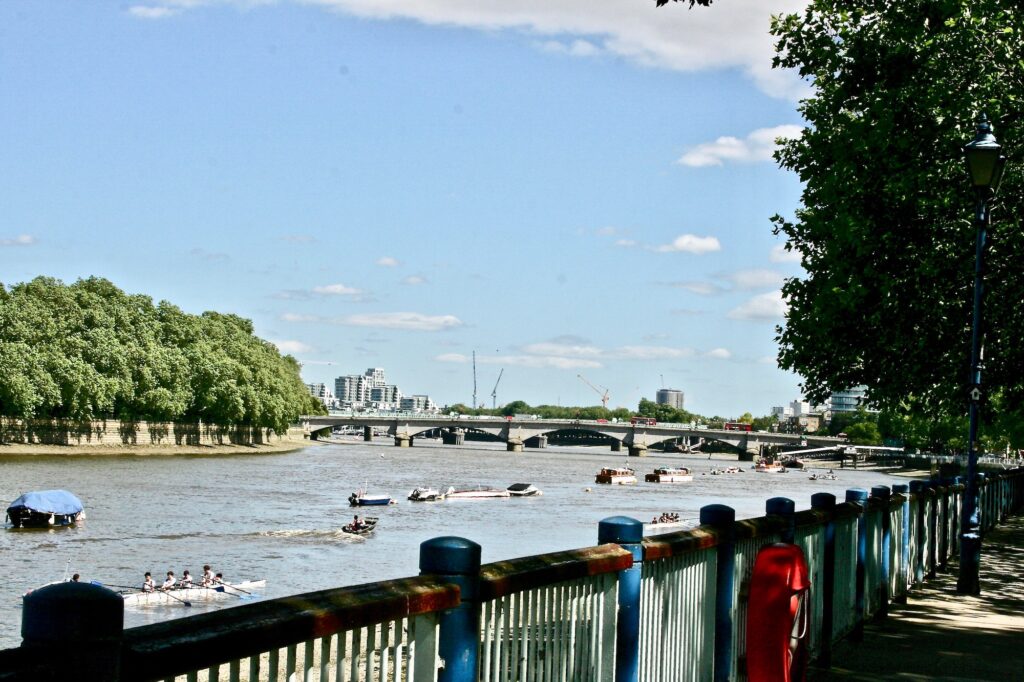
The old, wooden Putney Bridge, built in 1729, was only the second London Thames traffic crossing to be opened, challenging the long held monopoly of London Bridge, and ruffling a few feathers of the existing ferry operators, who had to be compensated. Herring, who earlier denigrates the structure along with Battersea Bridge adds: “It is positively dangerous to the inexperienced aquatic {…] It makes a picturesque but at the same time an inconvenient obstruction to the noble waterway.”
There are more bridges spanning the tidal Thames further upstream, enough for a third section but lacking sufficient photographs, I will wait until it’s possible to go as far as the limits of the tidal Thames at Teddington Lock. Hopefully not before too long.
Sources and further Information
Herring, J.H.: Thames Bridges from London to Hampton Court, London. 1884.
Online Etymology Dictionary: A useful site for further research into place names.
Article on the Bridges of London in The Engineering Timeline
Article in The Londonist ‘How London’s Thames Bridges got their names’.
A London Inheritance: An excellent London site if you would like more detailed information on Albert Bridge and others.
List of Bridges in London: Wikipedia.
